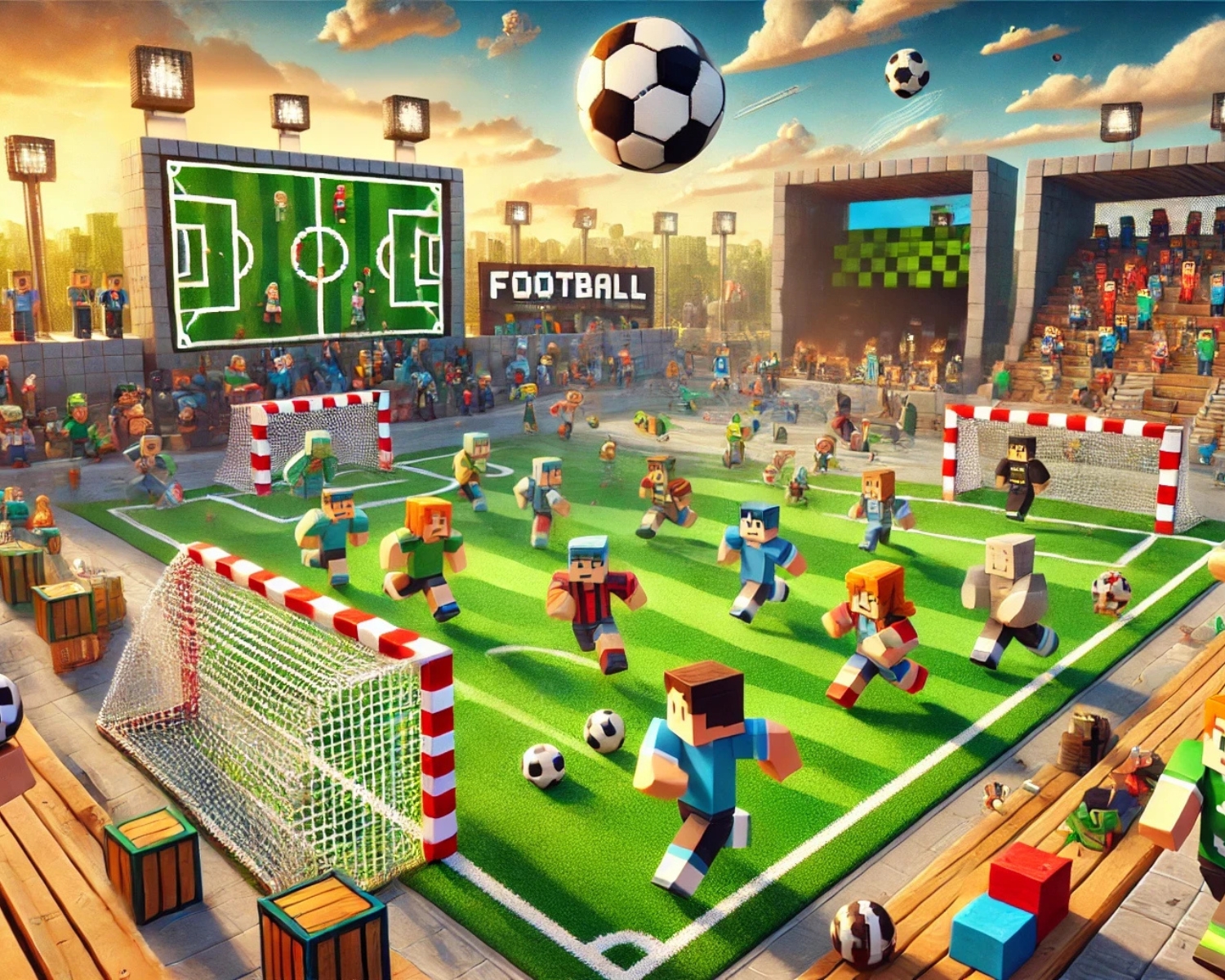
Creating Minecraft Skins That Reflect Historical Figures
Introduction
Minecraft allows players to express creativity through character design, including historical figures. This blog explores the process of creating Minecraft skins, blending gaming, creativity, and education.
The Appeal of Historical Skins in Minecraft
Minecraft skins serve as a form of identity and expression, allowing players to bring historical figures into the game, enriching the experience, and fostering educational conversations.
Choosing a Historical Figure
1. Significance and Influence
Choose a historical figure who has had a significant impact on the world. This could be someone like Cleopatra, Leonardo da Vinci, Abraham Lincoln, or Nelson Mandela. Consider what the figure is best known for and how they have influenced the course of history.
2. Cultural Representation
Think about including figures from a variety of cultures and backgrounds to promote diversity. Historical figures from non-Western cultures can offer players new and diverse perspectives.
3. Educational Value
Select figures that could provide educational value to those who might not be familiar with them. This includes scientists, artists, civil rights leaders, and inventors whose stories can inspire and inform.
Designing the Skin
1. Research
Start with thorough research. Look up portraits, statues, or descriptions of the historical figure. Pay attention to distinctive features, clothing, and colors that are typically associated with them. This will help make the skin recognizable.
2. Choosing Colors and Patterns
Minecraft skins are built from a palette of colors available in the game. Choose colors that closely match the typical attire or features of the historical figure. For example, use shades of black and grey for Abraham Lincoln’s iconic suit and stovepipe hat.
3. Software Tools
Use skin editing tools like Skindex Editor, Nova Skin, or MCSkin3D. These tools are user-friendly and specifically designed for creating Minecraft skins. They allow you to paint directly onto a 3D model of a Minecraft character.
4. Details Matter
While Minecraft skins are relatively low resolution, adding small details can make a big difference. For instance, adding a small notebook to Marie Curie’s belt or spectacles to Mahatma Gandhi’s face can highlight their iconic attributes.
Testing and Refinement
1. In-game Testing
Once the skin is designed, upload it to your Minecraft profile and see how it looks in-game. It’s important to view the skin in the Minecraft environment to ensure that it appears as intended from all angles.
2. Feedback
Share your skin with friends or the Minecraft community to get feedback. Others may catch historical inaccuracies or suggest improvements to the design.
3. Iteration
Based on feedback, refine the skin. Adjust colors, tweak details, or redesign elements that don’t work as well as you hoped.
Conclusion
Crafting historical Minecraft skins enhances gaming experiences, celebrates and educates influential figures, and is a rewarding project for history buffs, teachers, and Minecraft enthusiasts, bringing a piece of the past into the digital world.
#MinecraftSkins #HistoricalFigures #GamingAndEducation #MinecraftDesign #CreativeGaming






